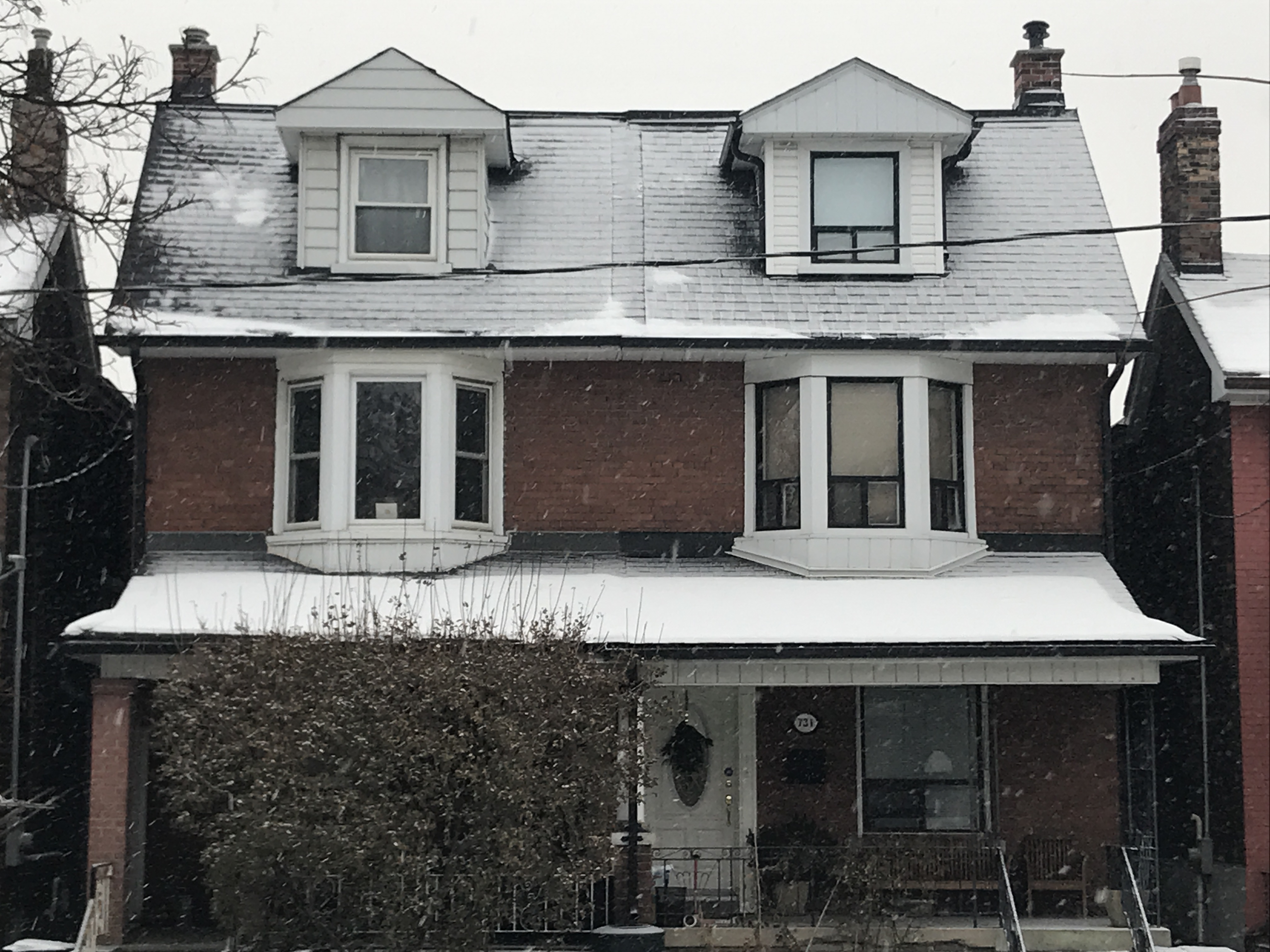
Can shingles be installed in cold weather?
Any outdoor temperature that is below zero degrees can affect our bodies, our tools and our roofing materials. When justifying whether shingles should be installed in the winter or not, we have to analyze three separate areas that may affect the final result of the shingle installation in the winter:
- Roofing Shingles
- Labour
- Tools
Roofing Shingles. When it comes to handling asphalt shingles the dexterity and flexibility are limited as temperatures are below zero. The shingles are brittle in cold weather and become easier to crack; in addition, cutting shingles straight becomes more difficult. The Underwriting Laboratories (UL) state, that asphalt shingles should be installed between 4 to 26 degrees Celsius. Another major concern with installing shingles in the cold is that they lose their ability to seal.
Labour. For most roofers, it can feel extremely uncomfortable working in freezing temperatures, in many cases this may lead to mistakes and/or shortcuts. In addition, working in extremely cold weather can be hard on the body and the mind. It is recommended to work on sunnier days and/or take several breaks in warm areas. One of the biggest concerns of working in the winter is that the roof surfaces can be extremely unsafe to work on because of snow, ice, and frost. Therefore, it is always recommended to plan and be willing to adjust the project timeline.
Tools. Roofing contractors use a diverse set of tools. Those who use compressors and nail guns can lose the effectiveness and quality of fastening shingles during cold temperatures. Nail guns have had the reputation of jamming in the cold. It is recommended for nail gun installers to make sure they nail straight and flush so they don’t blow through the shingles. Taking your time and installing with caution is always recommended.
Discussed were some of the drawbacks and cautions when installing shingles in cold weather. However, sometimes roof shingles need to be installed in emergencies in the winter. When it is possible we highly recommend getting your roof shingles installed in warm, calm and dry temperatures!
